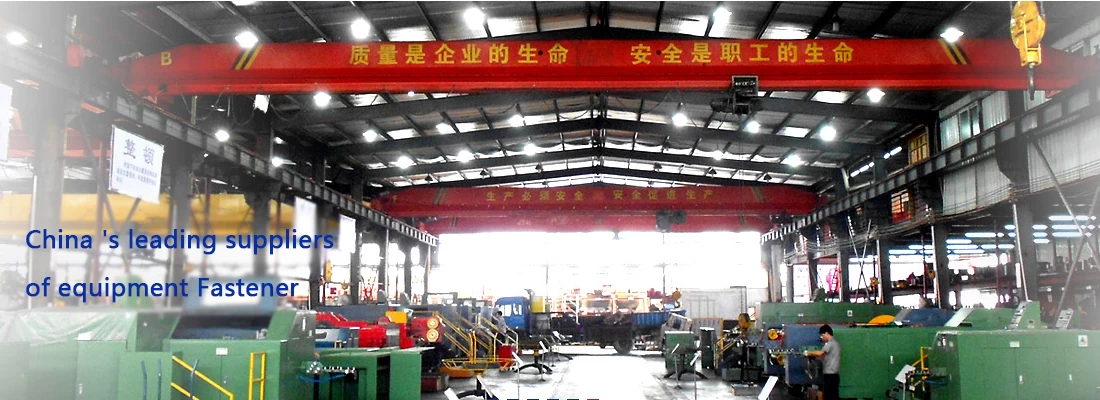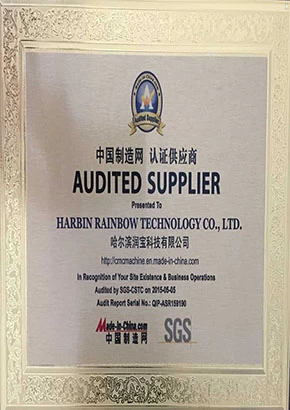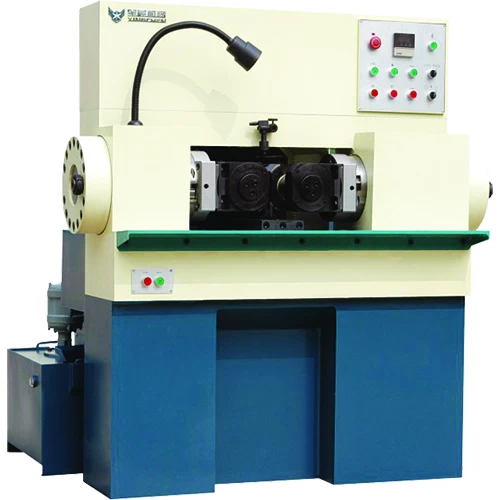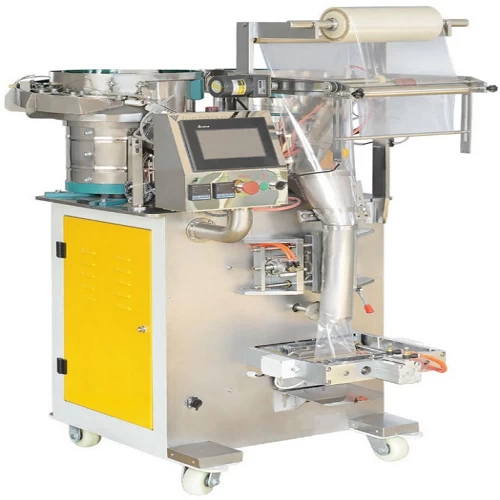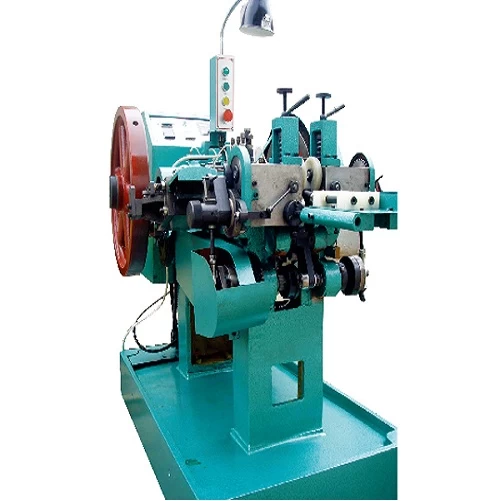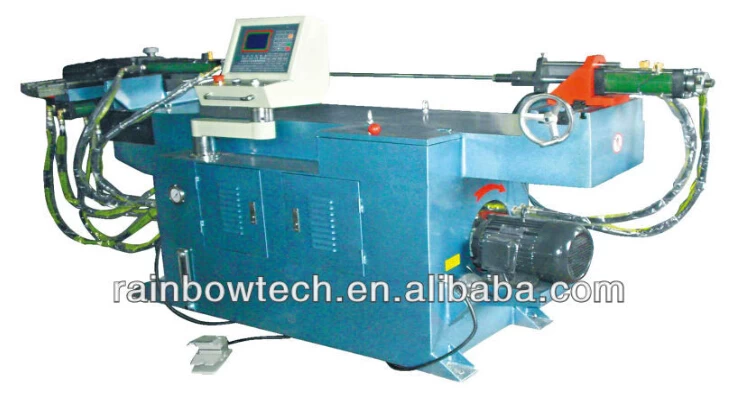The difference between a single-axis tapping machine and a four-axis tapping machine
The difference between a single-axis tapping machine and a four-axis tapping machine is mainly reflected in the processing capacity and efficiency
Single-axis tapping machines can only perform tapping operations in a single axial direction and are suitable for simple threading tasks. It has a simple structure and low cost, and is often used in production environments where precision is not required or batches are small. Single-spindle tapping machines are relatively basic in operation and are suitable for handling some basic threading needs.
In contrast, a four-axis tapping machine has four independent axial motion capabilities, which can enable more complex threading, including simultaneous machining in multiple directions, or complex path planning during machining. Four-axis tapping machines are typically used in production environments that require high precision and efficiency, and can significantly improve production efficiency and processing quality. It is suitable for threading tasks that require multi-directional movements or complex path planning and can meet a wider range of application needs.
In general, the four-axis tapping machine is superior to the single-axis tapping machine in terms of processing complexity, precision and efficiency, but correspondingly, the cost and complexity of the four-axis tapping machine are also higher. Which type of tapping machine to choose depends on your specific machining needs and budget considerations







